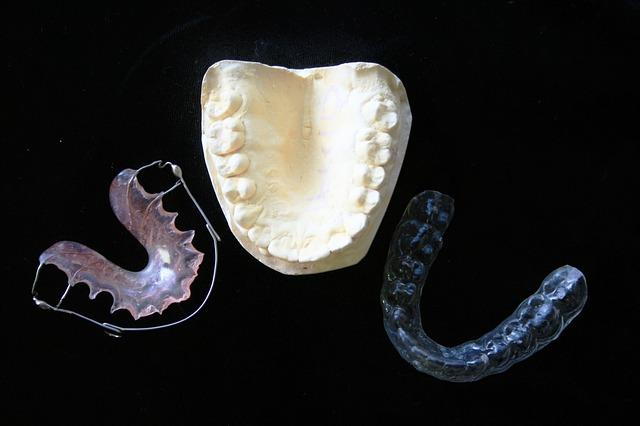
One very common misconception amongst people is the belief that braces are age limited. Most people think braces are for teenagers but fact remains that there is no age limit to doing something that not only improves your dental health but also beautifies your smile. Many adults choose to have braces or Invisalign treatment to close gaps or fix crowding that has occurred over time, causing them to build up plaque and tartar. Statistically, at least 1 million Americans aged over 18 years wear braces.
While braces are not age-specific, a specially trained dentist or an orthodontist can evaluate you to see if orthodontic treatment is right for you.
So in simple words, the answer to the question “Can adults wear braces?” is yes!
The new question however is, why would an adult need braces?
Why would an adult wear braces?
For a child, it may be important to receive orthodontic treatment early as it may prevent problems like crowded teeth, jaw joint disorders, overbites and underbites from developing or getting worse. Adults may need orthodontic treatment for the same problems: to treat or prevent tooth decay, biting and chewing problems, gum disease, and headaches as well as speech disorders. They may want to improve their esthetics or align the teeth to prepare for whitening, white fillings, veneers and other cosmetic procedures. Braces may be the perfect addition to a treatment plan for various concerns!
Considering an orthodontic treatment? Well, you might want to know how the procedure differs for children and adults.
Getting braces as an adult vs. as a child
There is very little to no difference between getting braces as an adult and getting them as a child. How long braces can be worn is dependent on the severity of the dental issue. For some adult patients, the correctional effect of braces can be noticed within a shorter period of time (especially simple Invisalign cases) as adults are more aware of their teeth, have better hygiene and listen to directions better.
With that question answered, how would you know if you needed braces?
How do I know I need braces?
Often times, patients come to me and say “Dr. Emmy, how do I know this procedure is the best for me?”
The truth is, you don’t! Either a specially trained dentist or an orthodontist does.
The one way to know if you need orthodontic treatment is to consult with your dentist and request for an evaluation. Depending on how complex your dental issues are, a dentist who performs orthodontic work may recommend the procedure. If your case is too complex for the general dentist, you may be referred to an orthodontist – an orthodontist specializes in the diagnosis, prevention, and treatment of improper teeth alignment.
Your initial consultation with your dentist or orthodontist is an opportunity to ask any questions you might have about the orthodontic treatment. Questions such as:
- How much does the procedure cost?
- How are braces going fix the problem?
- How long do you have to wear braces?
- How experienced is the dentist with your particular dental health problem?
These questions can help you get answers that alleviate your fears if any and build confidence as well and if you’re going to have braces holding your teeth in the right place, you may want to know what your options are. This leads us to our next question
What brace options are available?
Braces are designed to apply pressure to your teeth and by extension straighten your teeth as well as correct your bite. Most dentists or orthodontists still favor metal braces over the more advanced and modified brace options.
Here are the options available:
| Brace options: |
| Metal braces – These are the most common kind of brace option. Made of stainless steel, a metal brace is usually attached to the front of your teeth. |
| Clear ceramic braces – like traditional metal braces, these are also worn on the front of the teeth. However, while metal braces make it obvious that you are wearing one, these clear ceramic braces blend with your teeth’s color hence it is much less noticeable. While clear ceramic braces look better, they are not as durable as metal braces. |
| “Invisible” braces – These braces are made up of aligners. Aligners are clear, customized, less visible and removable appliances used to correct dentition problems. Unlike metal braces, aligners are not only less visible but are also designed to be less visible such that they don’t trap food or plaque between your teeth. An aligner can be worn for up to two weeks and is only removed to eat, brush or floss. Invisible braces could be the best option for people with mild teeth spacing problems. |
If you have more questions concerning your orthodontic treatment, do not hesitate to contact us at the office!
